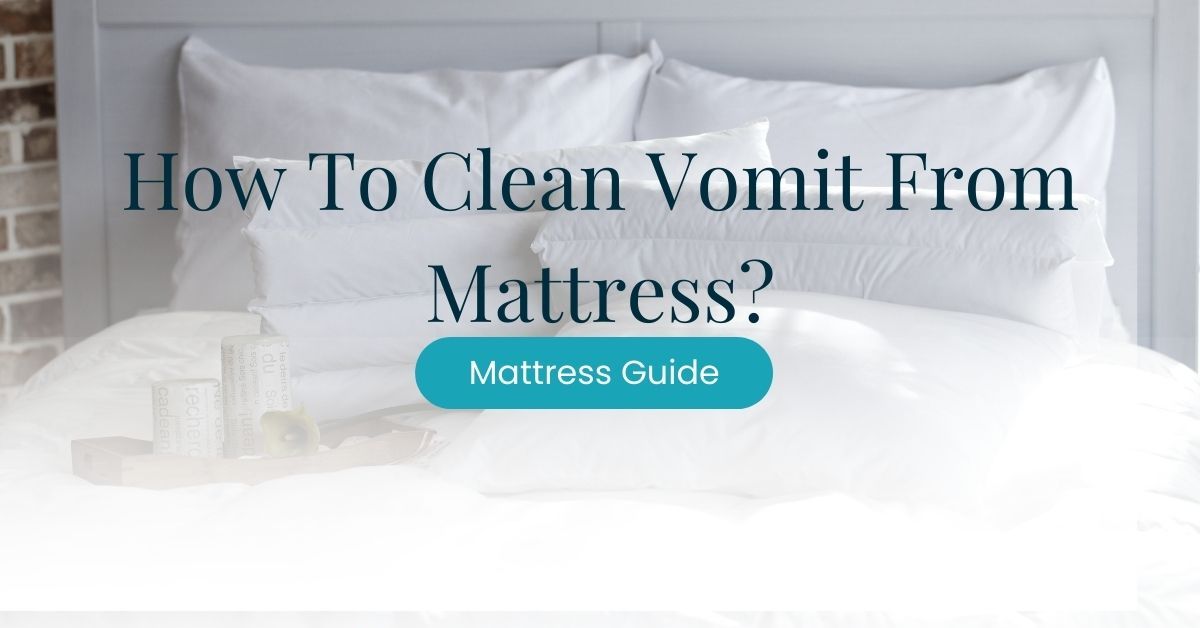Are you in desperate need of a mattress and wondering how to make a futon mattress? Maybe you’ve just moved into your new flat, or you’re staying over at a friend’s place and don’t fancy sleeping on the cold hard floor.
You’ve heard of futon mattresses and know that this is what you need for a restful night’s sleep. Or maybe, you’re feeling in the mood for some DIY and looking to add a futon to your cosy guest room. Either way, having fun making a diy futon mattress can literally be a lifesaver.
Buying a new mattress is a big decision, especially since a mattress will be with you for around 10 years, based on the average time users keep their mattress. On the other hand, it’s relatively simply to make a futon mattress to save some cash!
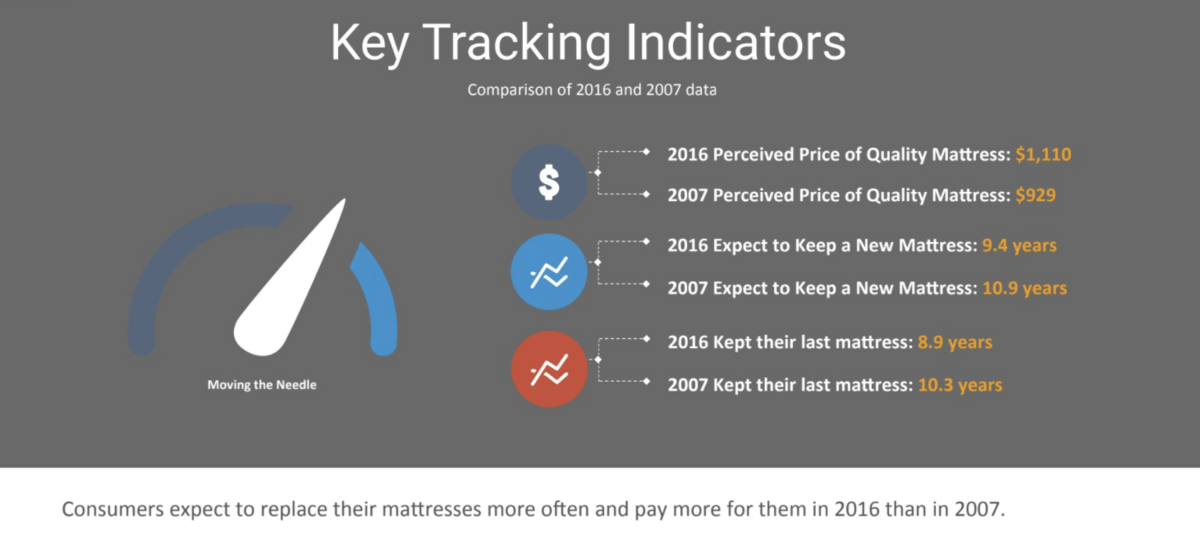
Read more, and we’ll share with you how you can do your futon mattress in three easy steps.
What is a Futon Mattress?
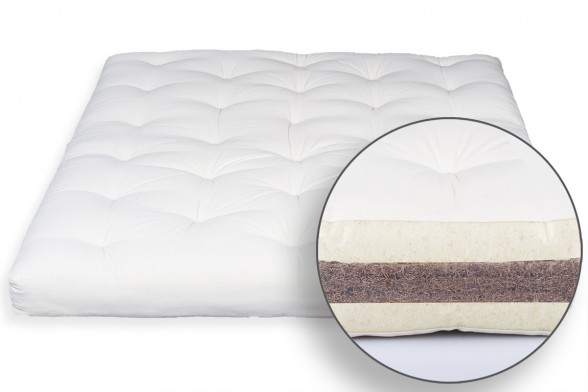
A Futon mattress is a traditional type of bedding that originated in Japan. If you’re wondering what a futon mattress is made of then it’s quilted pads stuffed with cotton, fibre stuffing, or foam for cushion. Futons usually include a low-lying frame that is set on the floor.
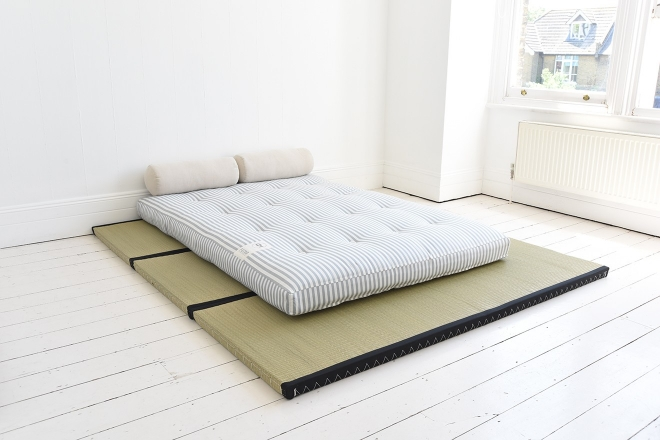
Most designs have a folding mechanism to convert the mattress into a sofabed. In cases where there is no folding mechanism, people roll the futon and set it aside during the daytime.
After all, the general goal is to save room space. This will be handy for small guest rooms, studio apartments, or compact bedrooms. Saving space and minimalist living are just two of the many unique cultural traits of the Japanese, where the futon mattresses originated.
Steps in Making A Futon Mattress
Alright, let’s get moving and start making your own futon mattress. You’ll be surprised how easy this is:
Step 1: Take the correct measurement for your mattress.
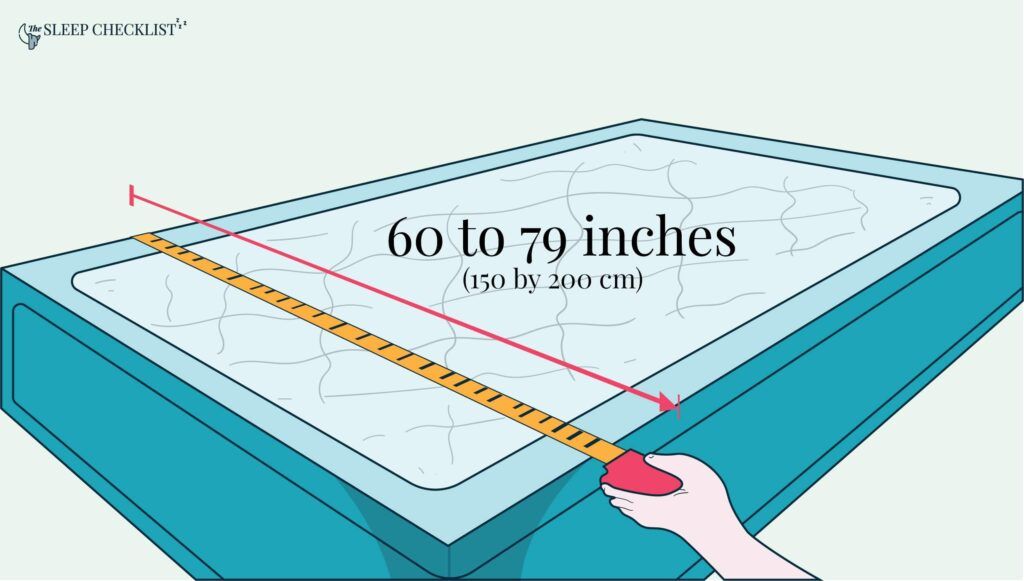
Before buying the materials, it’s time to measure your desired size for your futon mattress. You’ll need a measuring tape for this. Any excess material will be wasteful if we don’t take preliminary measurements. On top of that, the whole point of a futon is that it’s space-saving, so you definitely want to make sure you keep your room size in mind.
Begin by setting out how much space you want to have in the room. If you have no idea of mattress sizes, below are the typical UK sizes:
- Small single-size mattress: 75 by 190 cm
- Single-size mattress: 90 by 190 cm
- Small double-size mattress: 120 by 190 cm
- Large double-size mattress: 135 by 190 cm
- King size mattress: 150 by 200 cm
Buy the right materials.
With the measurements out of the way, it’s time to shop for the materials to make your futon mattress. So what materials do you need?
Step 2: Mattress foam or fillings
Consider purchasing foam or cotton batting for the mattress foam or fillings.
When selecting the best type of foam for a futon mattress, look for high-density foam with a suitable firmness level for your preferences.
Cotton batting, commonly used in quilting as a layer of insulation between fabrics, fills quilts to keep them warm and heavy. Cotton batting typically consists of cotton, polyester, or wool.
You May Like: Foam vs Spring Mattresses
For a comfortable futon mattress, aim for a thickness of around 6 inches. Ensure the foam or cotton batting you choose is flexible enough to bend or roll easily, allowing it to function effectively as a futon mattress. While some stores may assist with cutting the foam to your desired measurements, you can also use a sharp knife at home if necessary.
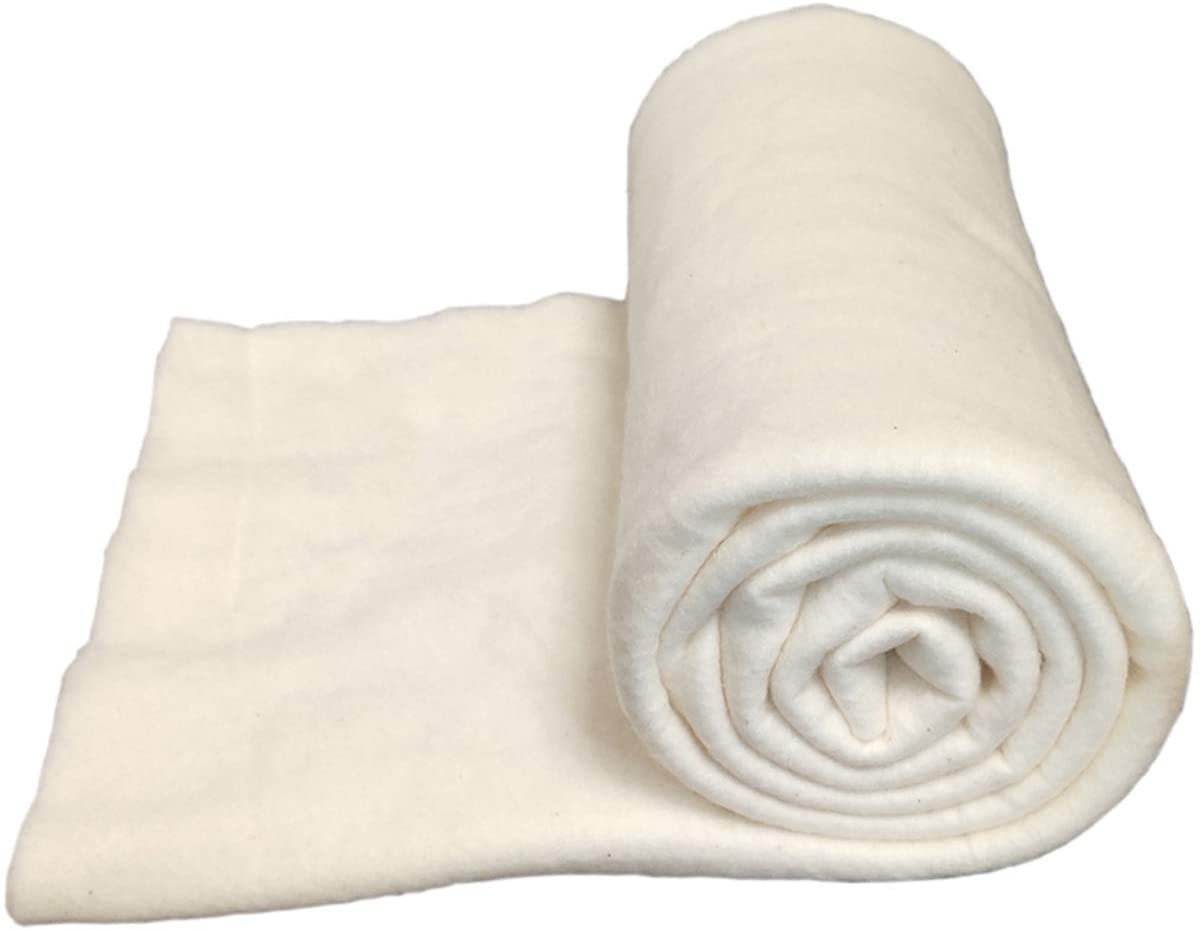
Step 3: Mattress cover
When choosing the right fabric for your mattress cover, consider factors such as durability, breathability, and ease of cleaning. You’ll need two layers for the mattress cover. The first one will serve as the foam or batting liner and be sewn completely shut to protect the mattress. The second one will be lined with a zipper or button, depending on your preference.
The mattress cover acts as the mattress foam protector. To keep your futon mattress clean, you’ll need to wash the mattress cover regularly. Ensure the mattress cover is easy to clean and remove. Select a fabric that works well as a mattress cover, such as:
- Cotton
- Wool
- Linen
- Polyester
When cutting the fabric, account for an extra 1 to 1.5 inches on each side for seam allowances. Use a strong, durable stitch like a straight stitch or zigzag stitch when sewing the mattress covers, especially for securing the foam or cotton batting inside.
You can also consider buying a pre-made mattress cover if you can find one that suits your budget and measurements.
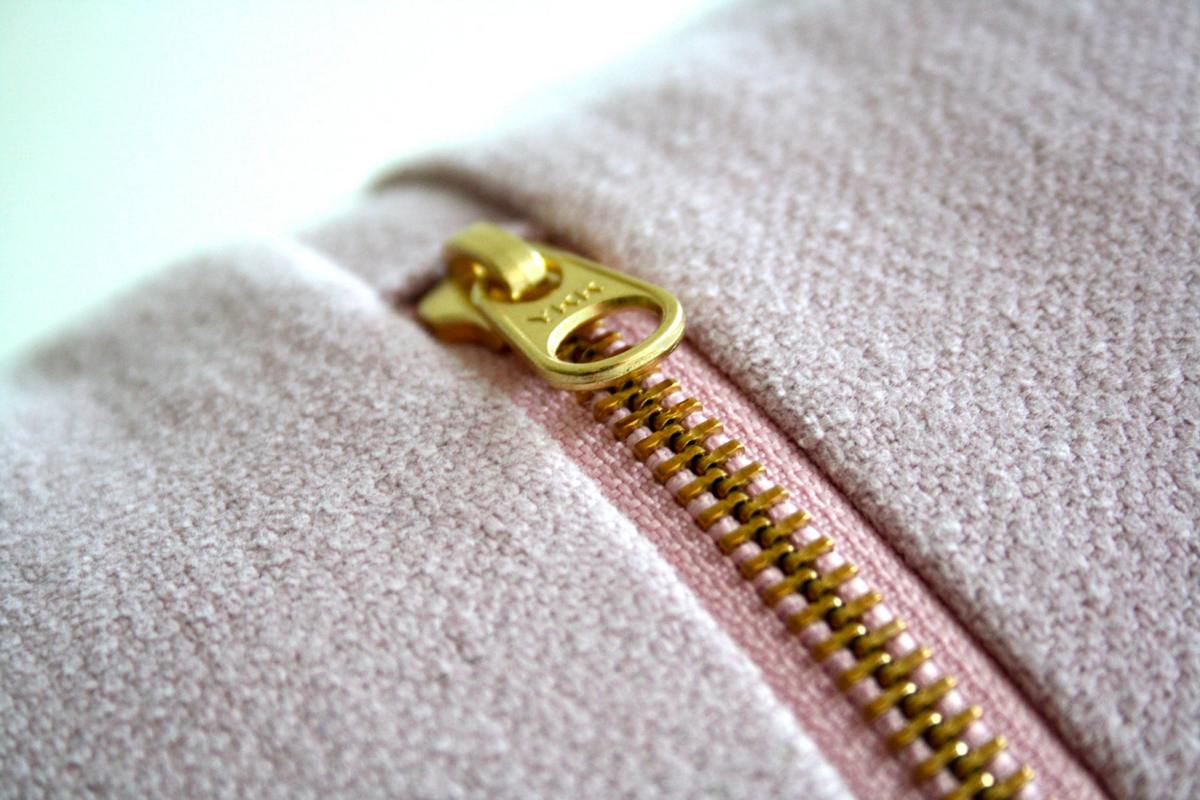
Zipper or Buttons for enclosure
If you’ve chosen to DIY your mattress cover, you’ll need a zipper or buttons to secure the final cover around the mattress. Place the opening so that it will be easier for you to remove the cover now and then for washing.
Build Your Own futon mattress
Let’s start making the first mattress cover. This will serve as the lining for your filling (foam or cotton batting).
- Cut two fabric pieces using the dimensions you took earlier.

- Stitch the sides together and keep one side open.
- Turn the fabric inside out such that the rough stitches are on the inside and you’ve left a clean stitch outside.

- Place the foam or cotton batting inside, whichever you bought for a filling.
- Completely seal the last open side by stitching.
For the second mattress cover, repeat steps 1 to 3 above. This will serve as the final cover. One side of the cover should consist of a zipper so that the mattress cover can be removed whenever you want to wash the cover.
How To Make A Japanese Futon mattress?
Have you ever wished you could enjoy the comfort and convenience of a Japanese futon in your own home? Well, with a little bit of time and effort, you can make your own!
To get started, you’ll need to gather a few materials:
- Approximately 6 metres of cotton or other natural fabric for a full-size Japanese futon
- A roll of batting or foam padding, approximately 6 inches thick and the same length as your fabric
- A sewing machine, scissors, needles, and thread
Now, let’s see how to make your very own Japanese futon. First, measure the area where you’ll place your futon and cut your fabric to size, allowing for a few extra inches on all sides for a border.
Lay the fabric flat and add the batting or foam padding on top, ensuring it is evenly distributed. Then, use a sewing machine to stitch the layers together, leaving an opening at one end for inserting and removing the batting as needed.
To finish, fold the excess fabric under and sew it down using a needle and thread. Now your futon is ready to use! Just cover it on a tatami mat or other raised platform with a futon cover to protect it.
And don’t forget to air out your futon regularly and flip it over to prevent uneven wear. With these simple steps, you’ll sleep on a comfortable and stylish Japanese futon in no time.
Benefits of Using a Futon Mattress
Now that you know how to build a futon mattress from the steps above, maybe you just need a little more convincing to make a futon mattress. Here, we listed the benefits of using a futon mattress to convince you fully:
It saves space and can double as a chair.
Futon mattresses are thin and can be rolled out or folded during the daytime when it is not in use. This makes futons perfect for small spaces. A futon mattress can also double as a sofa for studying or working days.
It is affordable.
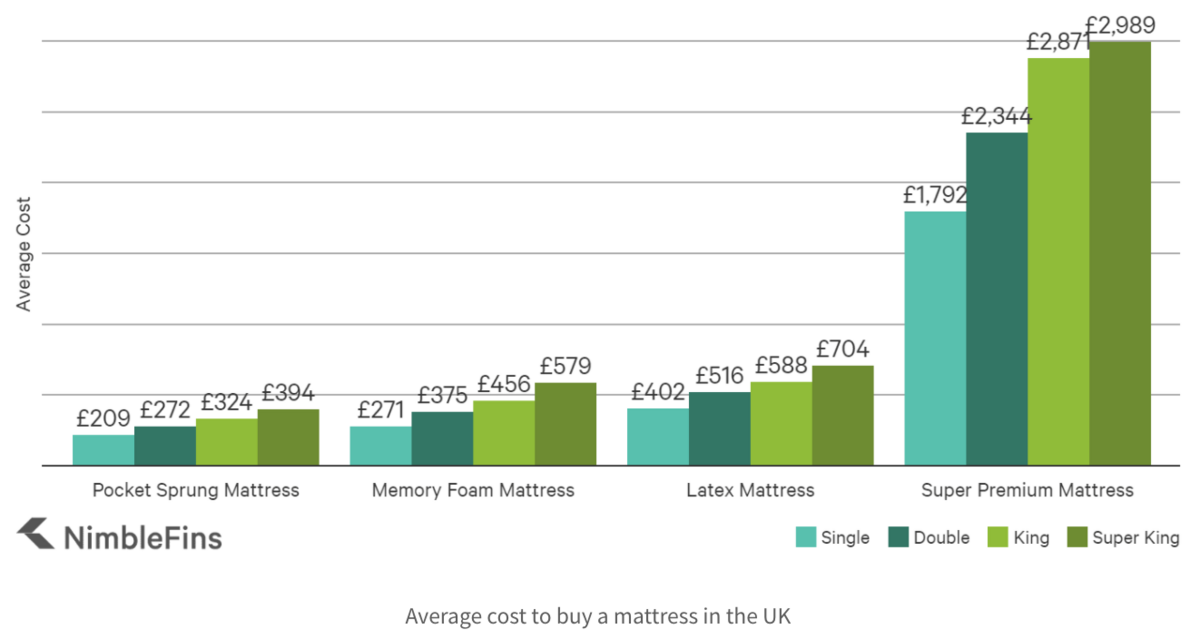
Mattresses on the market range from £200 to £3000, depending on the mattress’s size, type, and quality. On the other hand, a futon mattress pricing starts at £50. Or, since you’re already on this page, you can save on some cash and do the mattress yourself!
It doubles up as a baby area.
Since a futon mattress is placed on the floor, children are not likely to fall out. A futon mattress can be used as a baby area during the day. If you worry about babies crawling out, you can put up safety gates around the mattress like this
Since futon mattresses are easy to clean, any accidental pee, milk, vomit from the babies can be easily taken care of.
It is easy to clean.
Cleaning a normal mattress type involves loads of steps and potentially moving it outside. A futon mattress is easy to clean because it’s lightweight, and you can easily take it outside to shake the dust off. The removable cover is also machine washable.
If you want a thorough clean and have the time, a thin futon mattress can be washed with water and dried in the sun for a day.
It decreases allergic reactions.
Since cleaning and maintaining a futon mattress is easy, dust won’t accumulate in the long run. Thicker mattresses usually have more chances of trapping dust and dirt that can cause allergic reactions.
 Conclusion
Conclusion
That’s it! You now know how to make your own futon mattress, including the sleeker japanese variation. You can take it a step further and make your futon look classy for guests coming over!
Futon mattress is a cost-effective and space-efficient alternative to spring and foam mattresses using a few materials.
You can roll or fold it up during the daytime when not in use. It is also easy to clean and maintain since the covers are removable and washable.



